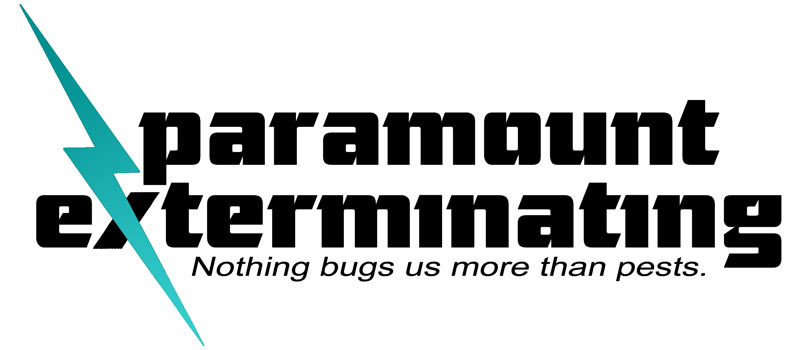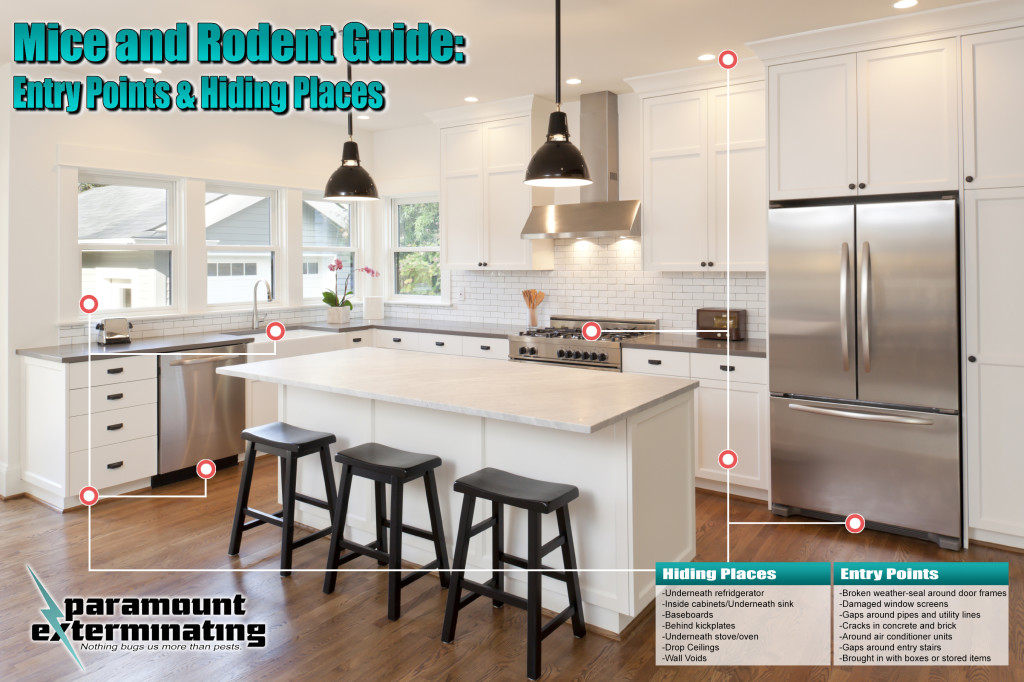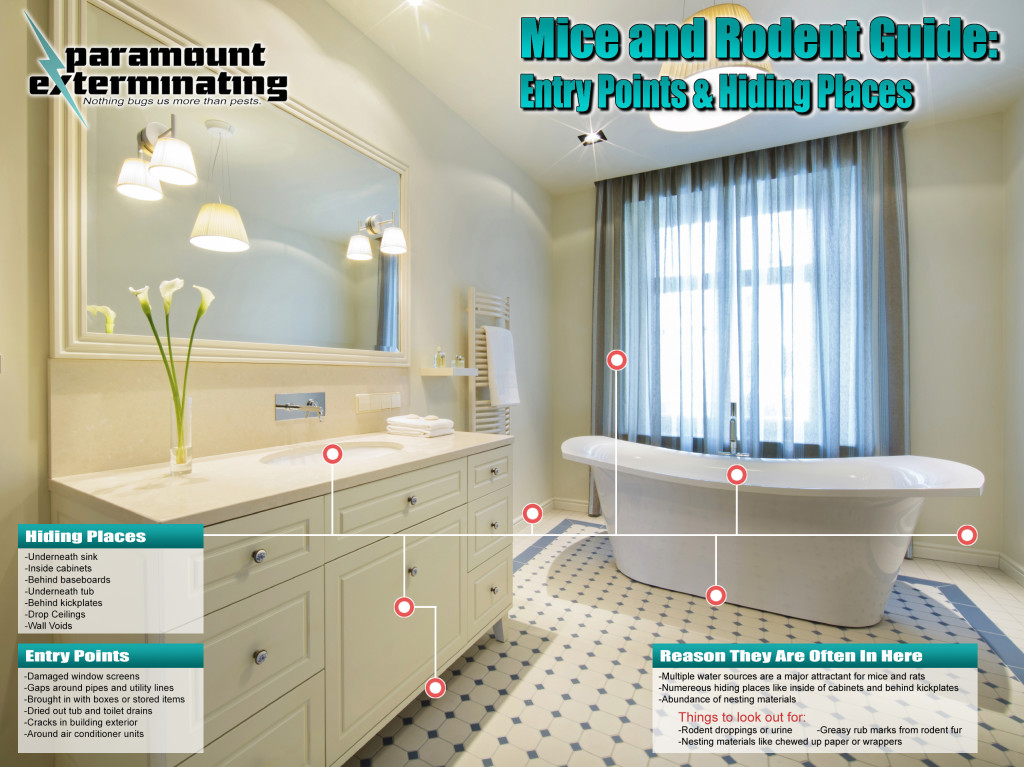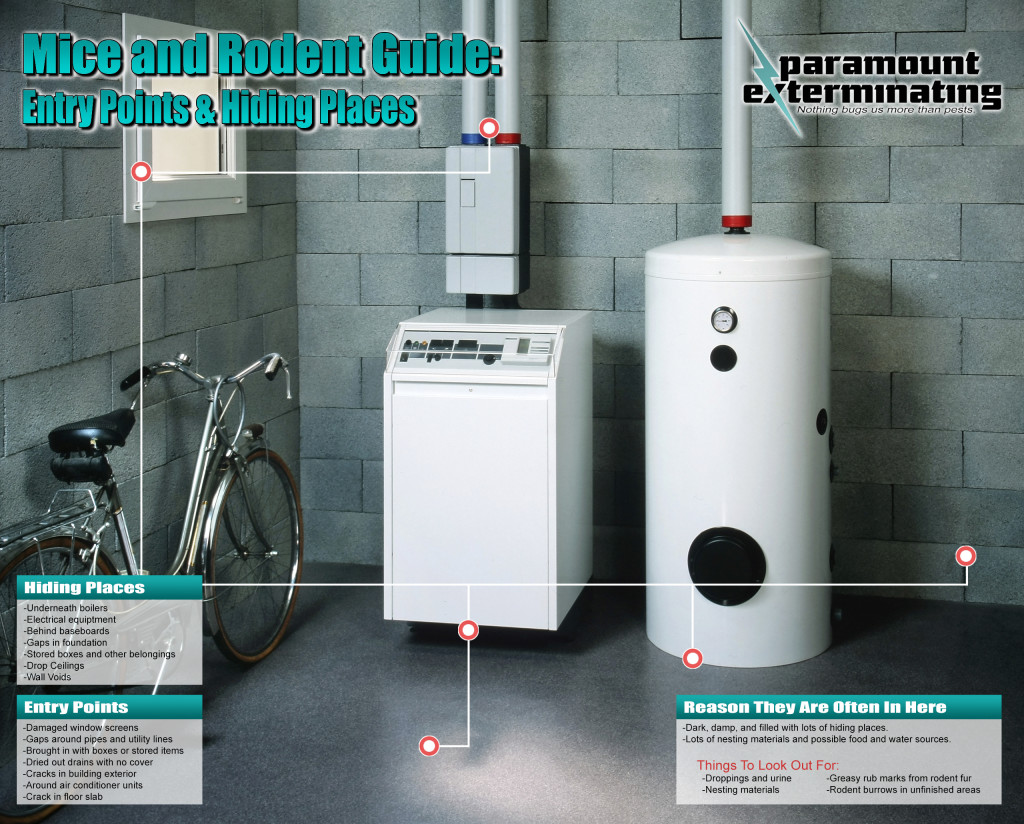CALL US TODAY! 800-273-6050
REQUEST YOUR FREE ESTIMATE
DEFEATING MICE AND RATS FOR OVER 80 YEARS
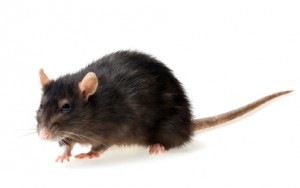 Complete rodent control – Your technician is your expert on mice and rats. They will assess the problem and create a trapping/baiting program that is based around the biology of the specific rodent you are dealing with.
Complete rodent control – Your technician is your expert on mice and rats. They will assess the problem and create a trapping/baiting program that is based around the biology of the specific rodent you are dealing with.- Put on the pressure – Its a scientific fact that as rodents see their population dying off, they reproduce even faster! With this in mind, we schedule you for follow up visit 2-3 weeks after your initial service so that your technician can assess the trapping/baiting program and replace controls as needed.
- Long-term prevention – Your technician will then find any rodent entry points and any food/water sources that may attract them. We can even help with some closures and repairs so you don’t have to worry!
- Exterior Property Control – Stopping mice and rats from getting in is crucial to long term success. We offer exterior rodent control options that are easily hidden or disguised, and are tamper resistant and designed to protect children and non-target animals from harm.
CALL US TODAY!
NJ Toll Free
800-273-6050
Newark
973-242-2212
Rutherford
201-945-7066
Jersey City
201-435-5900
Ridgewood
973-423-0234
Union City
201-865-7799
HOW DOES PARAMOUNT GET RID OF MICE AND RATS?
STEP 1: INSPECTION AND TREATMENT
Your technician will assess the problem and perform the initial treatment. Trapping and baiting methods are applied based on what the technician finds during your inspection. This service generally takes 30 – 45 minutes. Since rodents take time to trap and remove, expect to still see activity for several days following your initial service. Follow up services are crucial with mice and rats, since keeping pressure on the rodent population is key to removing the problem.
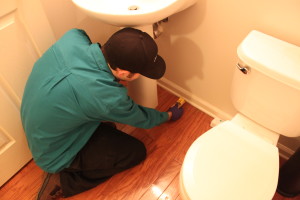 |
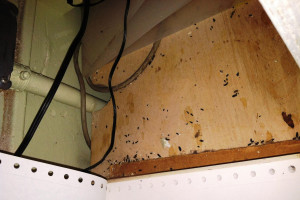 |
 |
 |
STEP 2: FOLLOW-UP TREATMENT AND RE-INSPECTION
We schedule you for a follow up visit 2-3 weeks after your initial service so that your technician can assess the treatment program, retreat problem areas, and replace controls as needed. Your technician will ask you if you have seen more mouse or rat activity and will ask you to pin point affected areas so they can be treated aggressively to achieve the quickest results possible. This service generally take 20-30 minutes depending on the size of the building.
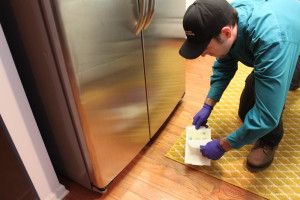 |
 |
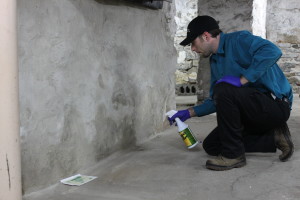 |
 |
STEP 3: SECOND FOLLOW-UP TREATMENT AND MAINTENANCE (Optional)
Rodent problems can often require multiple visits or even continued maintenance to solve and remove completely. Sometimes additional follow-up services are needed to take care of more advanced problems or to solve problems with building that are in high pressure areas like cities. Your technician will discuss this with you if they feel its necessary. Additional treatment measures like hole closures and exterior rodent control are also available.
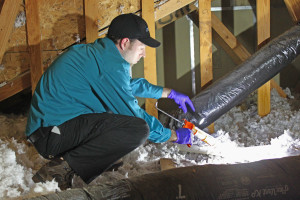 |
 |
 |
 |
LONG-TERM PROTECTION PLANS
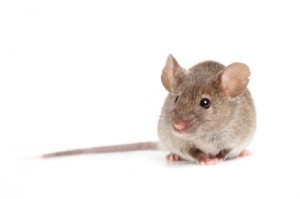 Follow-up treatments – During additional visits, your technician will revisit past problem areas and assess for any new activity, making sure your home stays free of any mice or rats.
Follow-up treatments – During additional visits, your technician will revisit past problem areas and assess for any new activity, making sure your home stays free of any mice or rats.- Pest activity monitoring – Rodent traps and baits will be replaced as needed to keep you covered between visits and monitor for any new mouse or rat activity. And our rodent controls also monitor and trap other pests that your technician will remove and inform you of! And if we can, we’ll take care of whatever the problem is the same day!
- No-charge emergency visits – Should rodent issues ever arise during your treatment program, we will be out to retreat at no cost to you!
- Better Availability – Weekly, monthly, quarterly, and annual service plans available.
RODENT CARBON MONOXIDE TREATMENTS
Rodent carbon monoxide treatments are a chemical-free solution to rodent problems that can be used almost anywhere rodent burrows are being found, including areas where traditional rodenticides may not be appropriate. A specialty piece of equipment called BurrowRx is utilized for these applications. BurrowRX is a carbon monoxide pest control device that can quickly eliminate burrowing pest populations of all sizes.
The United States Environmental Protection Agency (EPA) designated BurrowRx as a patented pest control device. It’s safe for use near homes and residential areas, commercial properties like office buildings and golf courses, public parks, farms, roadways, and more.
Carbon monoxide applications are a unique approach to rodent control. Instead of rodenticides or traps, it uses carbon monoxide to eliminate rodents inside of their burrows, and the gas safely dissipates. When used as directed, BurrowRx rodent control does not impact the air or soil in the area.
WHAT TO EXPECT DURING OUR VISIT?
Our service technicians will first perform an inspection of the property to identify the rodent burrows, and apply treatment as needed. The treatment process involves inserting the device into one of the burrows and dispersing carbon monoxide through the burrow system. The carbon monoxide works in minutes, eliminating the rodents inside of the burrow without any clean up necessary. The burrows are then closed with dirt from the surrounding area.
When a carbon monoxide application is performed, an oil-based smoke additive is applied to the BurrowRX machine which allows the service technician to assess which burrow systems are connected and track which burrows have been successfully treated. Both the smoke additive and the carbon monoxide are non-harmful when applied in open areas. There is no risk of fire or excessive heat from the application, so please don’t be alarmed by the smoke emitted. The amount of carbon monoxide emitted is similar to that of a gas-powered lawn mower, meaning that people and pets are safe to be in the area during the application.
When performed in ideal circumstances, the carbon monoxide burrow treatment system offers an effectiveness rate of 95% at a minimum. Rodents are eliminated inside of the burrow which provides the added benefit of not having to deal with removing any remains after the completion of the treatment. We generally recommend doing a follow up application or inspection a few days after the initial application to ensure that all activity has been eliminated.
Baiting and trapping programs are also recommended to coincide with burrow carbon monoxide treatments. This allows for continued control even after the carbon monoxide treatment is completed and increases the odds of complete eradication.
MOUSE & RAT FACTS
Pest Entry: Mice and rats can enter through small openings in the foundation of a building, or can enter underneath doors that lack proper door sweeps. They are also excellent climbers and will use the pipes on the inside and outside of a building to make their way in. Mice can fit into very tight areas and can make it through holes as small as a 1/4″.
Environment: They are often found in basements and areas with lots of moisture like kitchens and bathrooms. Mice are such good climbers that they are also seen traveling to the upper floors of a building and creating nests on various floors, making them difficult to control. They must also find a food source and can often be found in areas where food is stored and prepared.
Reproduction: Rodents can reproduce very quickly and are difficult to control as a result. Mice reach sexual maturity in as little as two months and can have four to seven young at a time. This means that a population of mice may pop up almost out of no where, and become a problem quickly.
Health/Damage Concerns: Rodents have been known to spread a variety of diseases and can also bring other unwanted pest such as fleas, ticks and lice into the home.
Home Remedies: The best home remedy for rodents is exclusion; preventing them from getting in inside in the first place. This often means sealing up gaps around pipes indoors and outside, putting mesh over gutters, and sealing up any cracks in the foundation of the building, among other things. This can be a difficult task, but it will be worth-while in preventing unwanted pest entry.
WHAT TYPE OF RODENT IS IT?
Name:
House Mouse (Mus musculus)
Appearance: The typical house mouse is generally grey or brown in color, and around 3 to 4 inches in length. They can be identified by their large ears and tiny eyes.
Habit and Habitat: Mice generally nests in burrows, but the house mouse is fond of living indoors and can often be found invading kitchens, basements and crawlspaces. They will often create their nesting sites within 30 feet of a food and water source. Mice are excellent climbers and can fit through holes smaller than ¼ inch, making their way into tight spaces like wall voids and under doorways that are not properly sealed.
Diet: Scavenger-like diet with a preference from grains, nuts, and cereal products.
Reproduction: Mice are notorious for being frequent breeders. New born females reach sexual maturity within two months, and can have 5 to 7 young every 45 days. This makes them difficult to control without the help of a trained professional. Adult mice can live up to a year.
Name:
Norway Rat (Rattus norvegicus)
Appearance: The Norway rat averages around six to eight inches in length, and is brown or dark grey in color. They have small eyes and ears for their body size, and unlike mice, the length of their tail is shorter than the length of their body. Rats will also leave lots of droppings like mice will, but those droppings are larger in size and pill shaped, rather than thin and blunt on one end like mice.
Habit and Habitat: Rats are cautious creatures, and spend most of the day time hours hiding in burrows they’ve dug out as nesting sites. As a result, they will often only come out at night to search for food and water. When rodent populations become large and their nesting site becomes over crowded, the weaker rodents are forced to search for their food during the day time. Seeing large rodents during the day generally indicates a high level infestation nearby. Rats have very poor eye sight, but make up for it by having a strong sense of smell by “feeling” their way around areas with their whiskers and body hair.
Diet: Omnivorous; prefers fresh foods and a balanced diet. Will consume grains, meat, plant material, fruits, etc. Needs lots of water to survive.
Reproduction: Like mice, Norway rats are frequent breeders, reaching sexual maturity within 2 months. Females can give birth to up to seven litters of young per year, with around ten young per litter. That means that one female mouse, in a favorable environment, can produce up to 70 offspring a year! Rats breed all year round; adult rats can live up to a year.
MICE AND RAT LOCATION GUIDE
– Find out where to look for Rodents –
Why Families and Businesses Choose Paramount
- Faster Service – Get your services scheduled quickly and on YOUR time. No one wants to wait weeks for treatment, and we get that.
- Local and Reliable – We have pest control technicians in Union City, Jersey City, Hoboken, Weehawken, North Bergen, and Hudson County everyday to assist our customers at a moments notice!
- More Efficient – We get things done right the first time, saving you time, money, and frustration.
- Better Tools – Our technicians only use the best products available on the professional market making treatments more effective and longer lasting.
- Better variety of treatment methods – Including green treatments and baiting programs.
- More Experience – We’ve been defeating all types of pests since 1930, and have the most experienced technicians in the industry.
HOURS OF OPERATION
Monday – Friday: 8am – 4pm
Saturday: 8am – 2pm
Sunday: Closed
• 24-Hour Emergency Service Available •
• Free Evaluations •
Proudly Serving Jersey City, West New York, Guttenberg,
Hoboken, Weehawken, Secaucus, & All of Hudson County
CALL US TODAY
Union City, NJ Rutherford, NJ Ridgewood, NJ
(201) 865-7799 (201) 945-7066 (973) 423-0234
Newark, NJ NJ Toll Free Jersey City, NJ
(973) 242-2212 (800) 273-6050 (201) 435-5900
